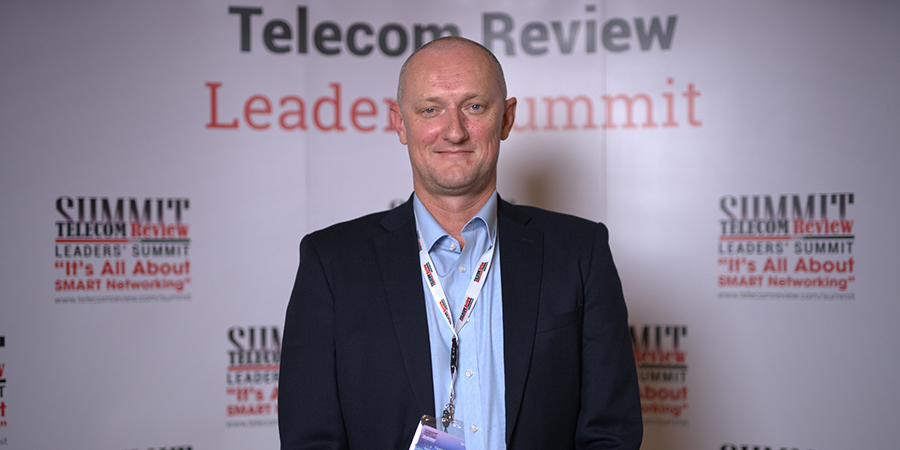The last two years can be touted as the period where digital revolution was at its peak. The internet reached close to 5 billion people across the world. In Middle East and Africa, internet coverage also increased dramatically. However, the period also exposed and worse, expanded, the wide digital divide that already existed. While the internet coverage was close to 100% in some GCC countries, some nations such as Sudan had the internet coverage of just over 30%.
There was also a usage gap that widened as the pandemic engulfed the regions. According to a GSMA report, ‘The state of mobile internet connectivity in Sub-Saharan Africa’, over half a billion people living in Africa with a broadband connection did not use the internet. This usage and coverage gaps did hurt the regions economically and also led to loss of lives as new variants of the COVID-19 emerged. Lack of digital access is one of the reasons why less than 10% of the people in Africa are fully vaccinated. On the other hand, several GCC countries are well beyond 70% mark in vaccination because of sound digital infrastructure. So, what can be done to bridge this digital divide?
Build optical fibre-powered digital highways: The countries behind the digital curve need to invest strongly in optical fibre-powered broadband highways across regions. Improving infrastructure could add $13 trillion to global GDP by 2030 and can definitely provide several socio-economic benefits to the region.
Invest in new, open technologies: With 5G and emerging technologies such as IoT and artificial intelligence becoming mainstream, there’s a need for countries to invest in building network architecture with open interfaces, ability to reduce complexities, and deliver high coverage. This new network architecture will have to be developed with openness, disaggregation and programmability. The network architecture also must have intelligence at the edge.
Fast deployment of digital infrastructure: Countries need a comprehensive, end-to-end approach towards fast optical fibre deployment that encompasses each aspect of the process. This includes optical fibre products and sub-system kits to network design and network maintenance and upgradation.
STL: Bridging digital divide through bold solutions and strong partnerships
STL, an industry-leading integrator of digital networks, enables full value of connectivity for MEA network creators by building end-to-end technology solutions that make digital networks ready for tomorrow. With strong relationships with leading telcos in the region, STL provides integrated 5G ready end-to-end solutions ranging from wired to wireless, design to deployment, connectivity to compute through core capabilities in optical interconnect, virtualized access solutions, network software and system integration.
The company recently announced a $100 Mn order book that included multi-year, multi-million dollar deals. STL recently set up a centre of excellence in Dubai, which will integrate R&D, product development and operations to cater to the unique needs of the region. Additionally, the company is in talks with major operators and will contribute to mega smart cities projects across the MEA region.
Speaking at the 15th Telecom Review Leaders’ Summit, Gavin Faulds, regional sales head, MECA, STL spoke to Telecom Review about the latest innovations by STL and the future goals of the company in MEA region. “The MEA region is at an interesting phase of its digital journey. With the accelerated adoption of digital in the new normal, the region has entered a decade of network creation that will see major investments on the part of telcos, governments, cloud companies and other network builders. With our path-breaking, end-to-end digital network solutions combined with a dedicated and inspirational team, we are at the heart of our client’s digital journey. We have been strategically investing in this market and expanding our capabilities to strengthen our partnerships and make a difference to the digital landscape of Middle East and Africa, transforming billions of lives.”










